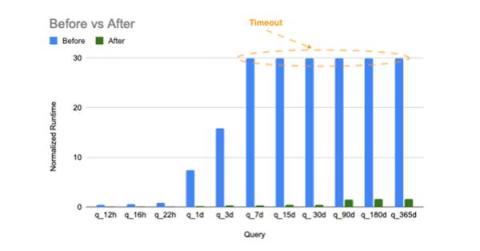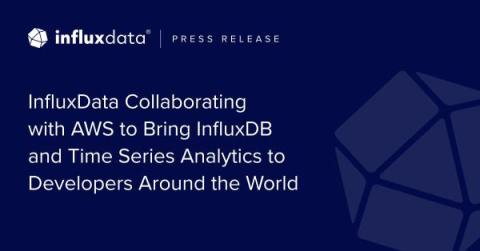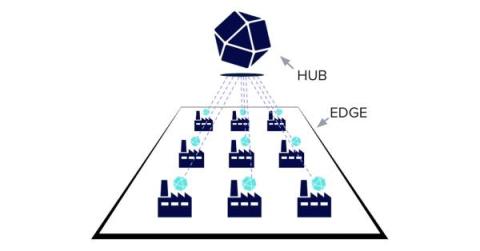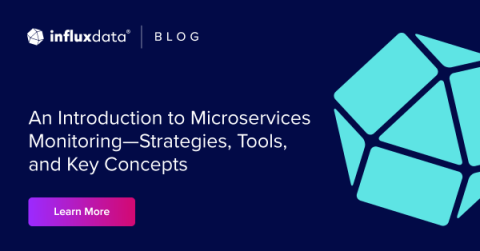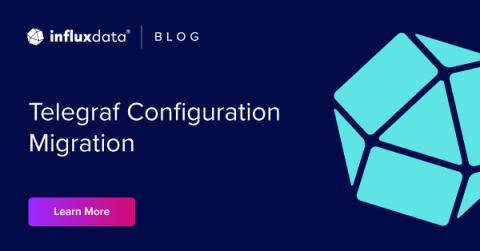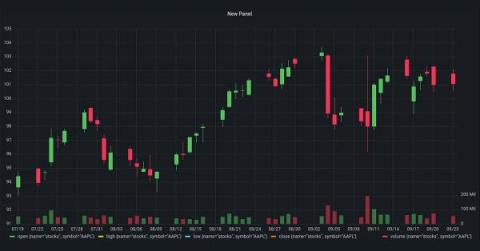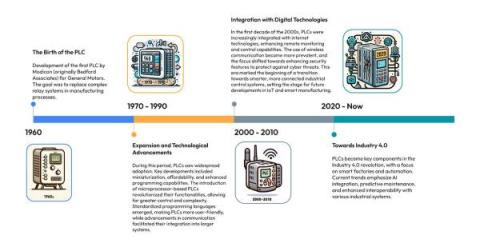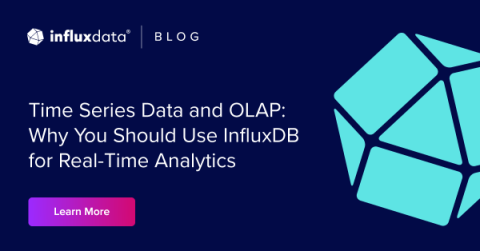Making Most Recent Value Queries Hundreds of Times Faster
This post explains how databases optimize queries, which can result in queries running hundreds of times faster. While we focus on one specific query type that is important to InfluxDB 3.0, the optimization process we describe is the same for any database.


